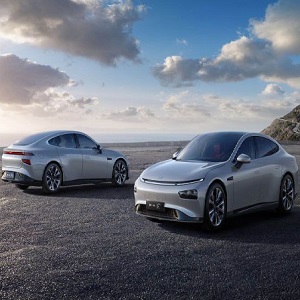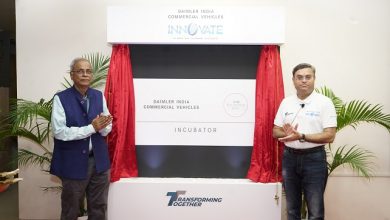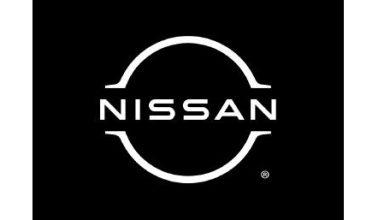Tesla is facing competition from Chinese EV startup Xpeng Motors

After China’s mandatory coronavirus lockdowns, now the Tesla Shanghai factory is up and running again, the California automaker has restarted building the Model 3 sedan locally, avoiding steep import tariffs in the process. This’s Tesla’s only production facility outside of the U.S.
While the new factory gives Tesla a foothold in the auto market for the first time, the company is facing competition from a new crop of electric vehicle startups following in Tesla footsteps and hoping to grab a piece of China’s growing EV market.
Model 3 is in store for some tough new competition in China from Xpeng Motors.
Xpeng Motors was inspired by Tesla and studied many of its open-source patents in developing its own electric models. The company also offers the G3 SUV.
The P7 fully-electric sedan is going to expose this month by Xpeng as a new “Tesla fighter”. The price of the P7 starts at around $US33,000 (RMB 229,900), about 25% less than the Model 3.
To qualify for EV subsidies offered by the Chinese government, qualifying vehicles must cost less than RMB 300,000 ($42,362), promoting Tesla to slash the price of its Made-in-China Model 3 sedan by 10%.
Even with the extra discount, the Standard Range Plus Tesla Model 3 gets a price tag of RMB 271,550 ($US38,463) which is still more expensive than the equivalent entry-level Xpeng P7 variant.
Tesla Model 3 vs. Xpeng P7
As compared to the Tesla Model 3, Xpeng P7 is a bit slower. It takes 4.3 seconds to accelerate from 0 to 60 mph. Whereas Tesla’s Performance Model 3 makes the same sprint in just 3.2 seconds.
The Xpeng P7 does, however, earn back some points with its impressive range of 706 kilometers which is around 439 miles, making it the longest range EV in China. The range of Tesla Model 3, on the other hand, maxes out at 322 miles respectively.
Both the Tesla Model 3 and Xpeng P7 offer autonomous driving capabilities, the P7 has five millimeter-wave radars, twelve ultrasonic sensors, and fourteen cameras, all of which relay data to a powerful Nvidia Xavier computer for autonomous driving. Xpeng’s Xsmart OS also bestows the driver with AI-powered vision and natural language voice interaction capabilities.
The P7 also has driver monitoring technology, constantly monitoring to make sure the driver is always paying attention when the P7 is on the road.
Tesla’s brand image is still working in the company’s favor but the electric automaker might have to up its game to keep up with all of the advanced technology found in Xpeng’s P7 electric sedan.
Back at home, Tesla doesn’t have as much strong competition just yet, but the electric automaker has been struggling to restart vehicle production after much of the U.S. auto industry has been dealing with plant closures due to the coronavirus pandemic. The crisis has led to the suspension of virtually all vehicle manufacturing in the U.S.
There are many Chinese EV startups, including NIO, that are offering equally innovative electric models, so Tesla’s path to profitability in China may not be an easy road.


